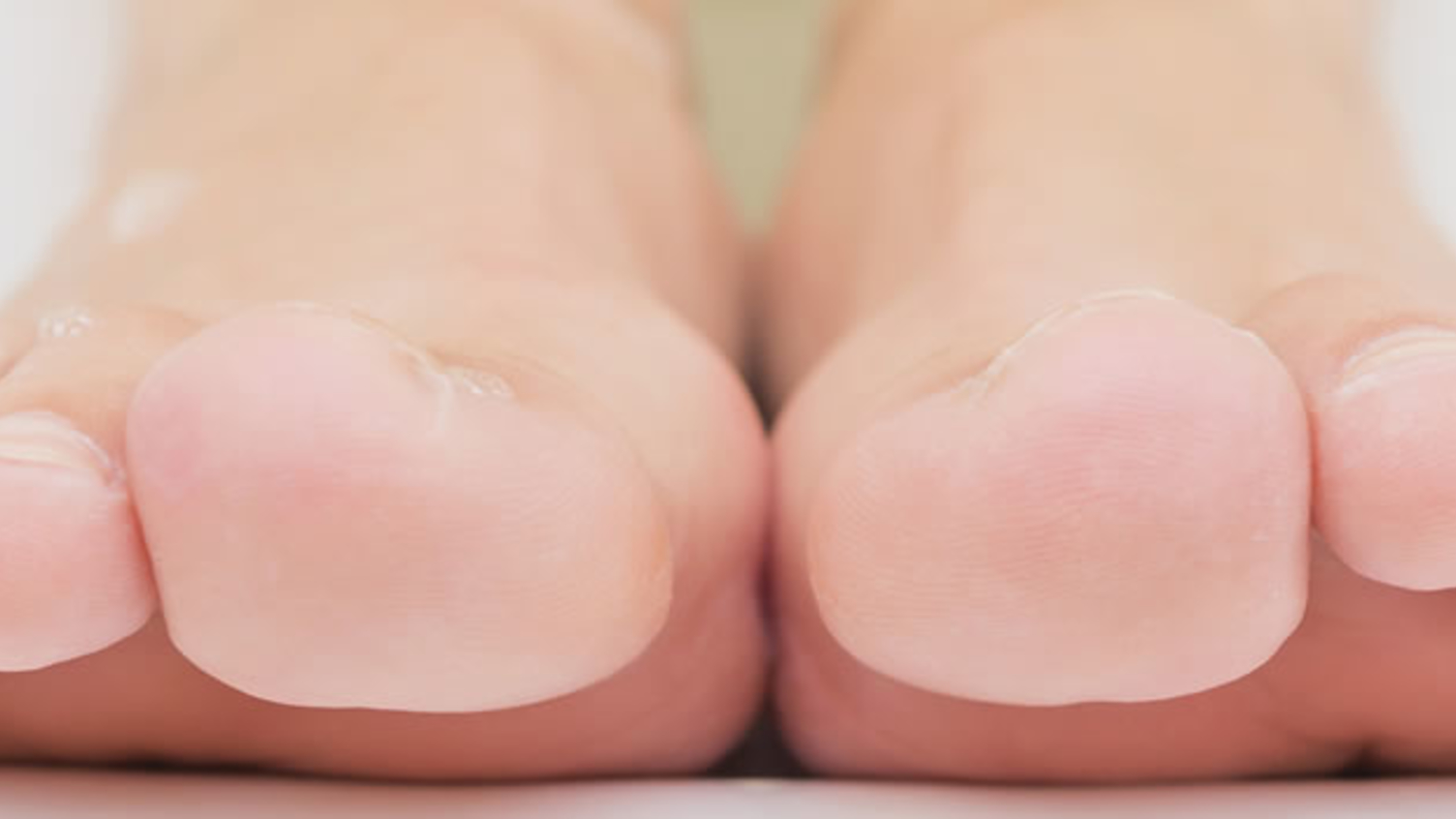Foot Health

About this PSP
The foot is a complex and intricate structure – a testament to the engineering of the human body. With 26 bones, over 30 joints and more than 100 muscles tendons and ligaments, our feet require careful maintenance if they are to function effectively during the activities that we undertake on a daily basis. The average person will walk approximately 2.5 times around the world in their lifetime, that’s a lot of mileage and means that almost everyone will suffer from some form of foot problem during their life.
This PSP was established in 2018 by the School of Health and Society at the University of Salford and was funded by the William M Scholl Endowment Fund.
The Foot Health PSP Top 10 was published in November 2019.
After the final priority setting workshop, PSP Lead, Professor Chris Nester said to Tricia Ellis, the JLA Adviser who worked with him on this PSP:
“Many thanks for yesterday and the final list – I have to say reading it I am quite proud! It’s a great list, very contemporary, reflecting wider national health trends, policy and what we hear in clinics. It is also different than where foot health research resource has been spent in the past, so impact will be high!”
Top 10 Priorities
- How does poor foot health impact on people's lives (including work, leisure and social activities)?
- What can people who are categorised as 'high risk' do to prevent foot health problems (e.g. people with poor circulation, diabetes or other conditions that could cause serious foot problems)?
- How important are specialised tests (such as diagnostic ultrasound imaging/advanced vascular and gait/functional assessment) learned at post-graduate level, in the diagnosis of foot health problems?
- What is the impact on health and social care services when known foot health problems are neglected?
- Are current clinical pathways (treatment plans) fit for delivering high quality foot health provision?
- What is the impact of delayed or infrequent foot assessment on foot health in relation to foot problems?
- What are the most effective therapies for treating musculoskeletal foot problems, OTHER THAN foot orthoses?
- What evidence is there that foot health research is used in clinical practice and the impact that it has on clinical outcomes?
- How do health professionals prevent/reduce the risk of foot ulceration occurring or getting worse, in patients with diabetes?
- How can people prevent foot health problems?
The following questions were also discussed and put in order of priority at the workshop:
- What are the most effective ways of managing foot problems for people with inflammatory disease (e.g. conditions such as rheumatoid or inflammatory arthritis)?
- Do foot orthoses (including insoles/gel devices/ankle supports) reduce foot pain and problems?
- What education and training do health care professionals (other than podiatrists) require about foot health, in order to accurately assess feet and refer on?
- Would the early assessment of foot health in school age children by health care practitioners, inform future management of pathology (including potential foot deformity/skin and nail problems) in the UK / Republic of Ireland?
- What are the most effective ways to provide education about foot health to the general public?
- What level of priority is given to foot health services within the National Health Service in the UK? Health Service Executive (republic of Ireland)?
- How do health professionals provide people with clear guidance on footwear choices in order to help prevent and manage foot problems?
- What are the most common factors that PREVENT people from accessing National Health Service/Public foot health services?
- What are the best ways to treat toe deformities (e.g. bunions, clawed toes, hammer toes)?
- What are the best ways to treat pain that occurs under the heel (plantar heel pain)?
- How can foot problems be better represented in the care plan of people with rheumatological disease (e.g rheumatoid or inflammatory arthritis)?
- How are common nail and skin foot infections caused, diagnosed and treated? How can they be prevented?
- What are the most effective ways to enable people to care for their feet?
- Is there equal access to foot care across the National Health Service (UK) and Health Service Executive (Republic of Ireland)? And what would make access unequal?
- Who are the appropriately qualified health professionals that people should go and see about their foot problems?
- What general information do people need to know about arthritis of the feet?
- How do people currently access foot health services for the FIRST TIME, via the National Health Service/Public foot health services?
Document downloads
For full details of all of the questions identified by this PSP, please see the document below.